Our new exhibition Space: Could Life Exist Beyond Earth? will take you on an interstellar adventure like no other. Rocketing you from Earth’s most extreme environments out into space in the search for extraterrestrial life, it’s a truly out-of-this-world experience. Engage your senses as you see, sniff and touch specimens from across our solar system. Plus, have a go at directing a Mars rover and plan your very own space mission.
Ready for blast off? Prepare for launch by taking a sneak peek at our favourite stories and specimens from the exhibition.
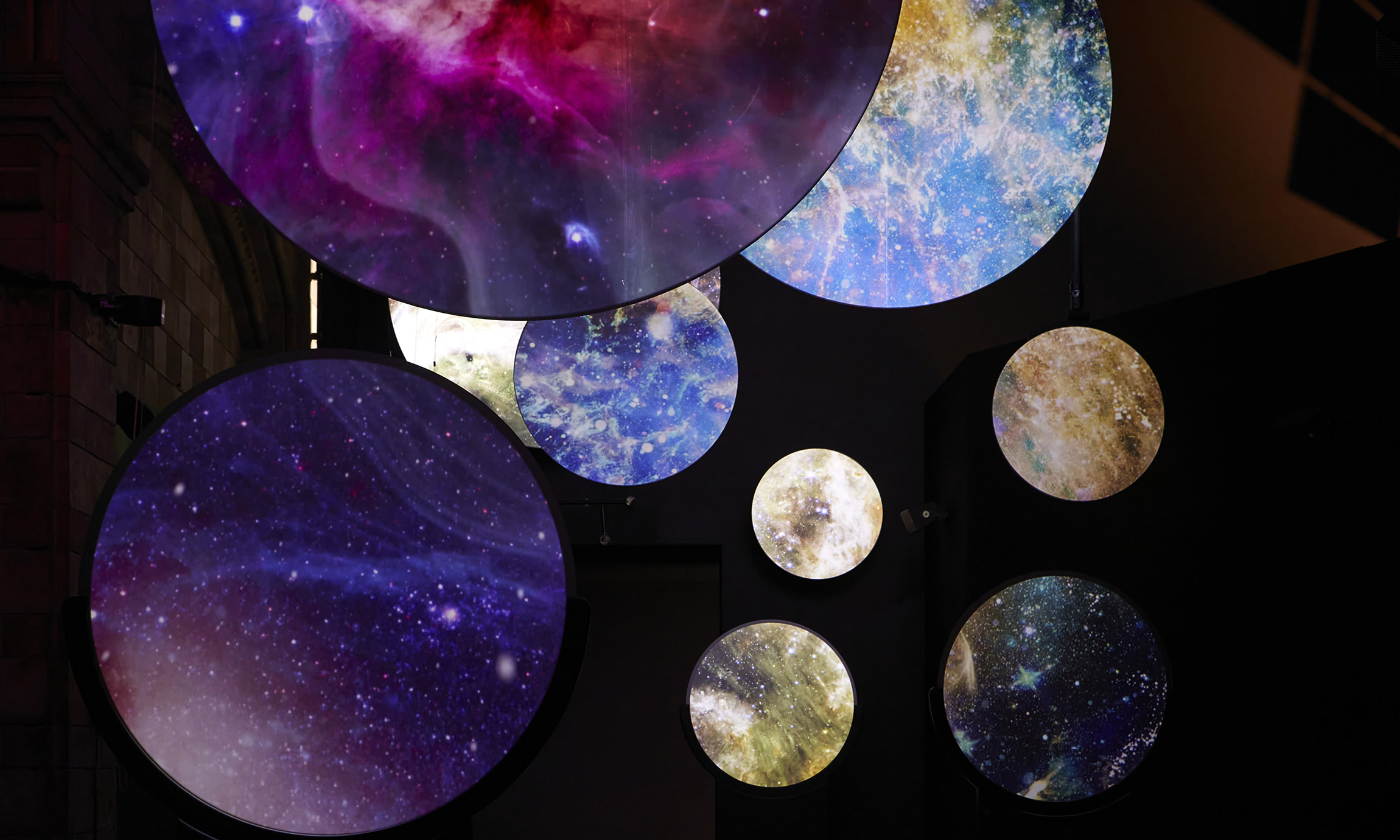
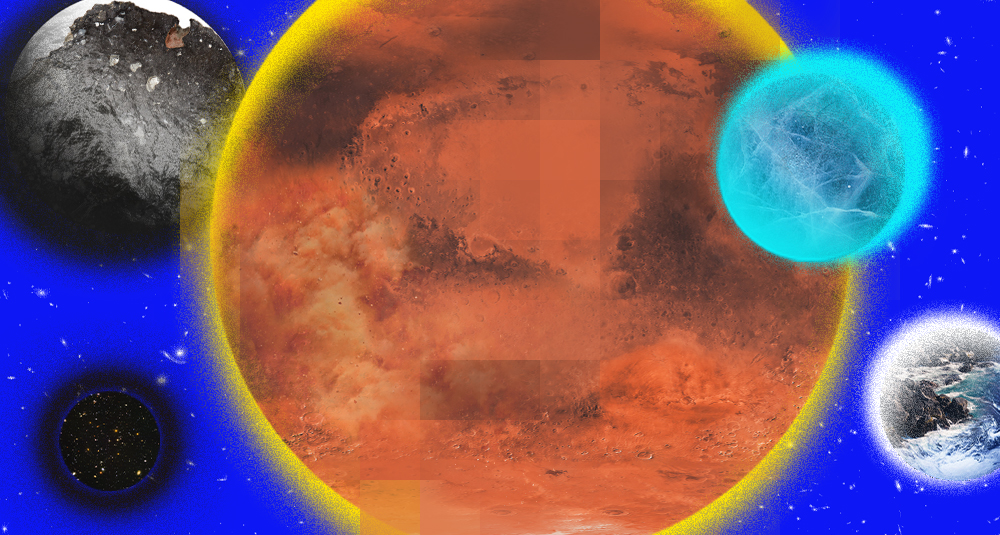

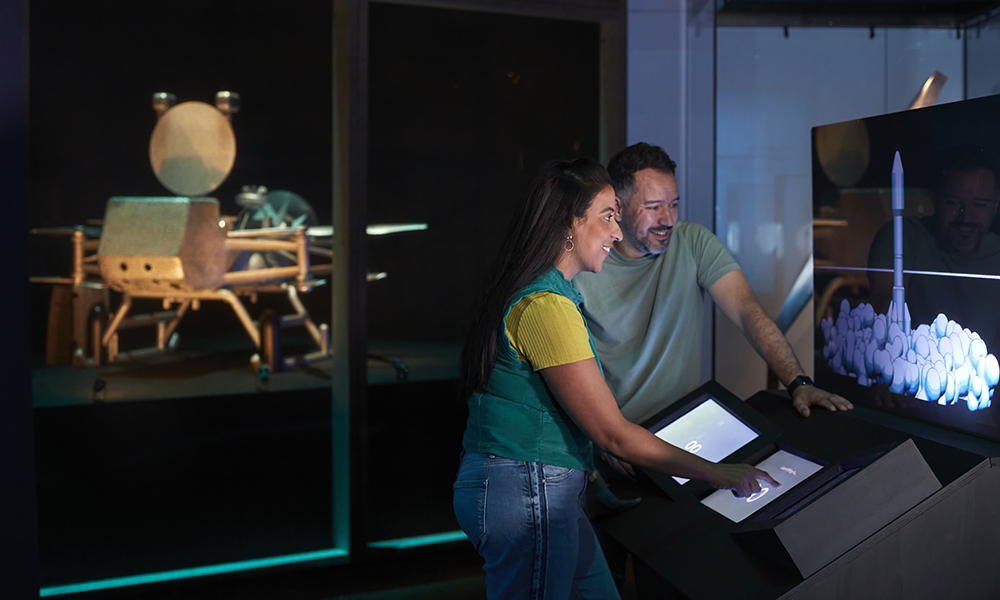
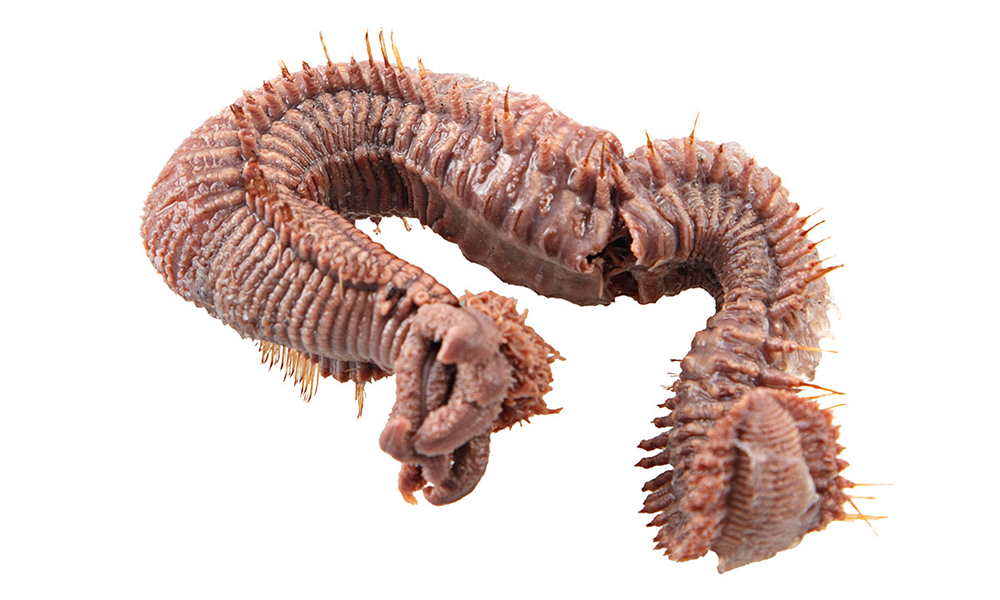
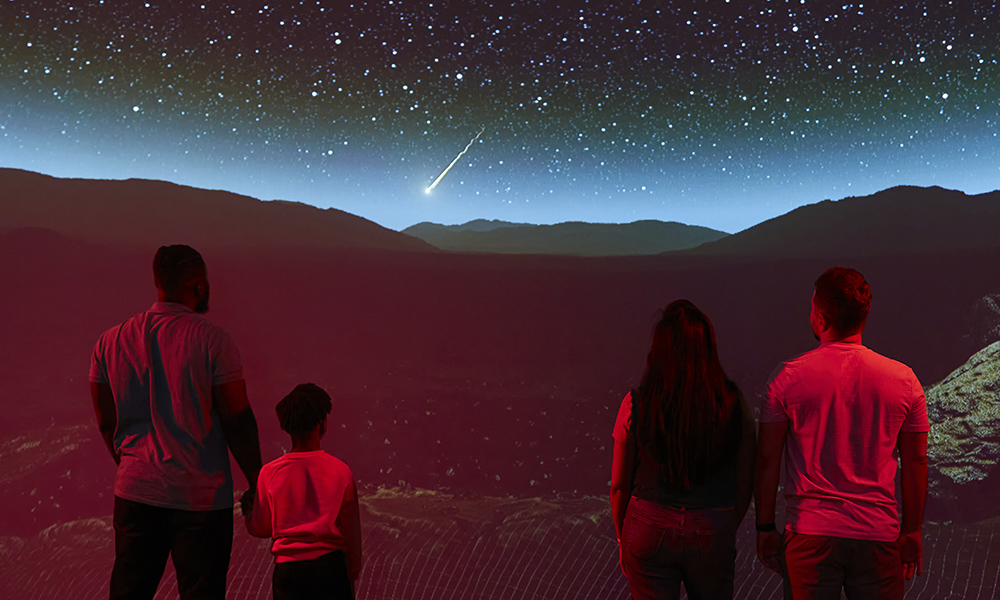
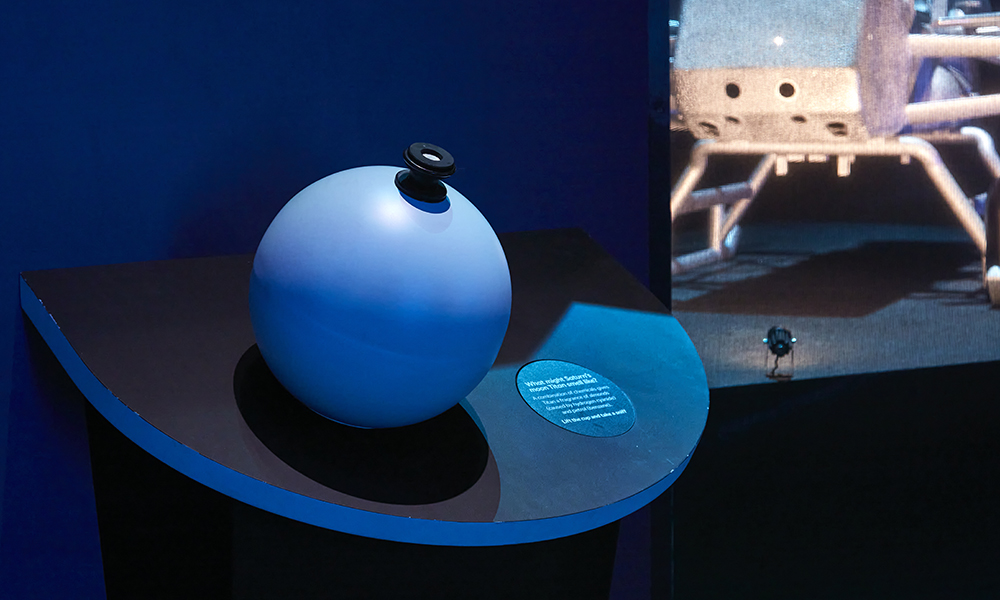


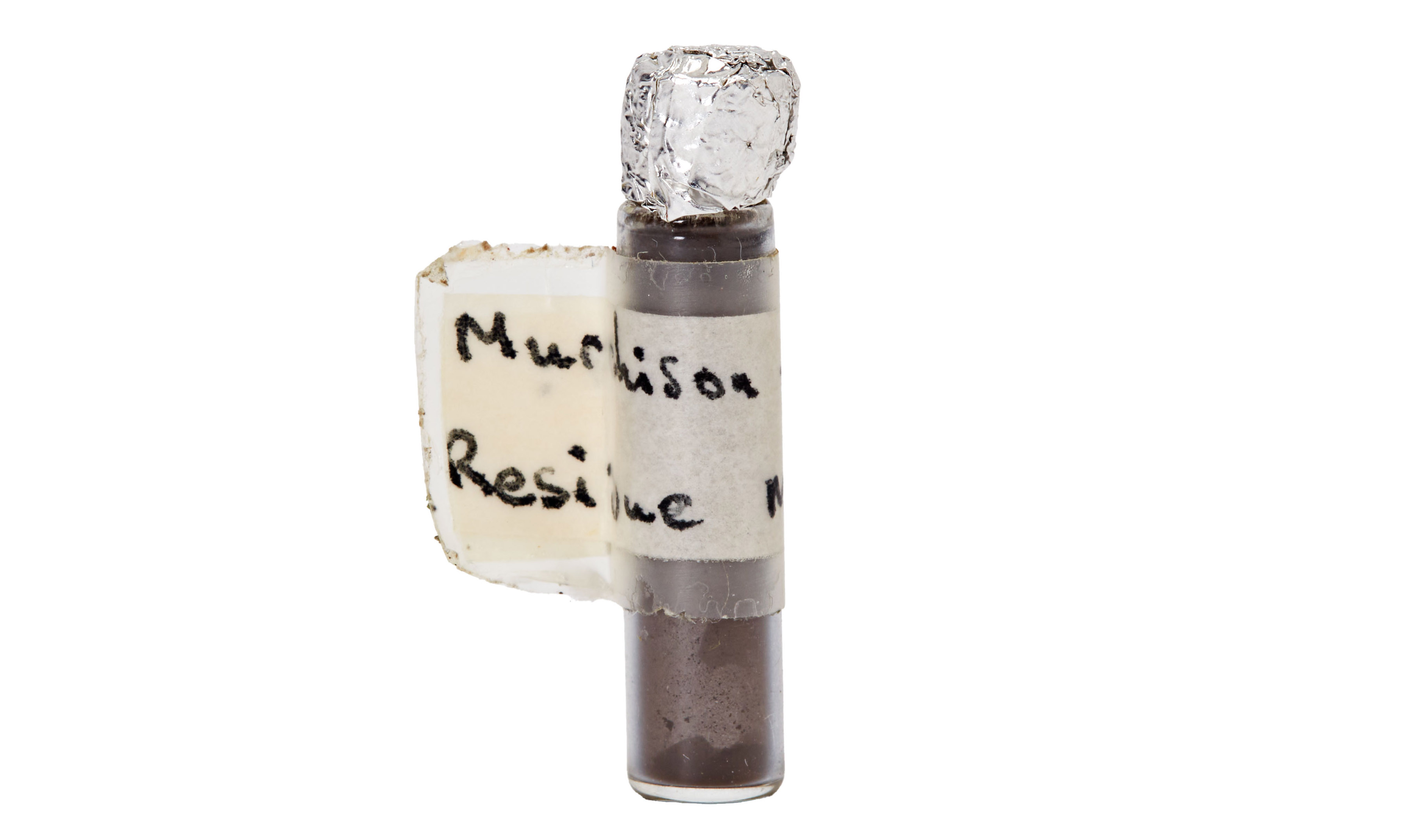
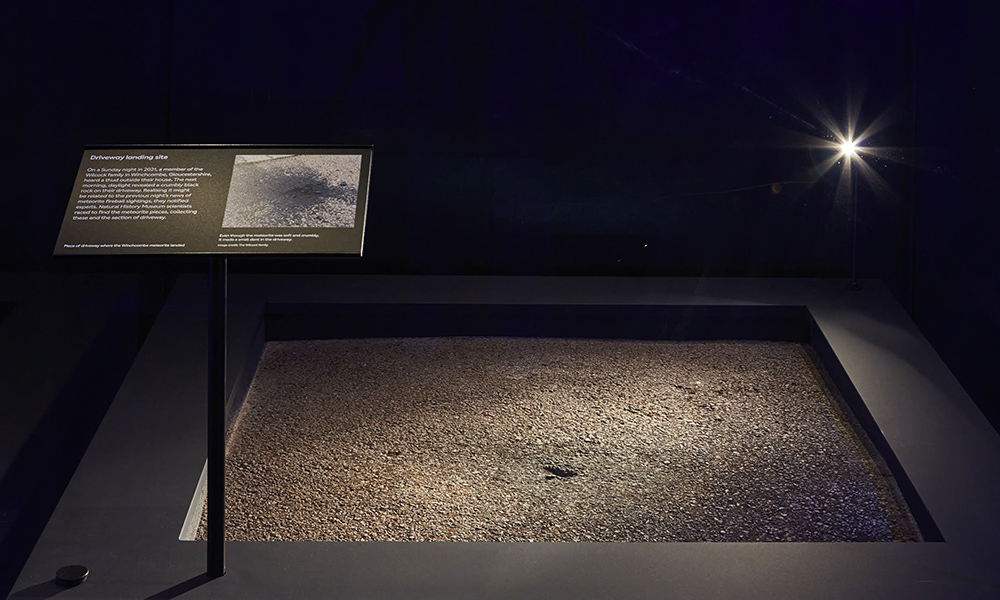
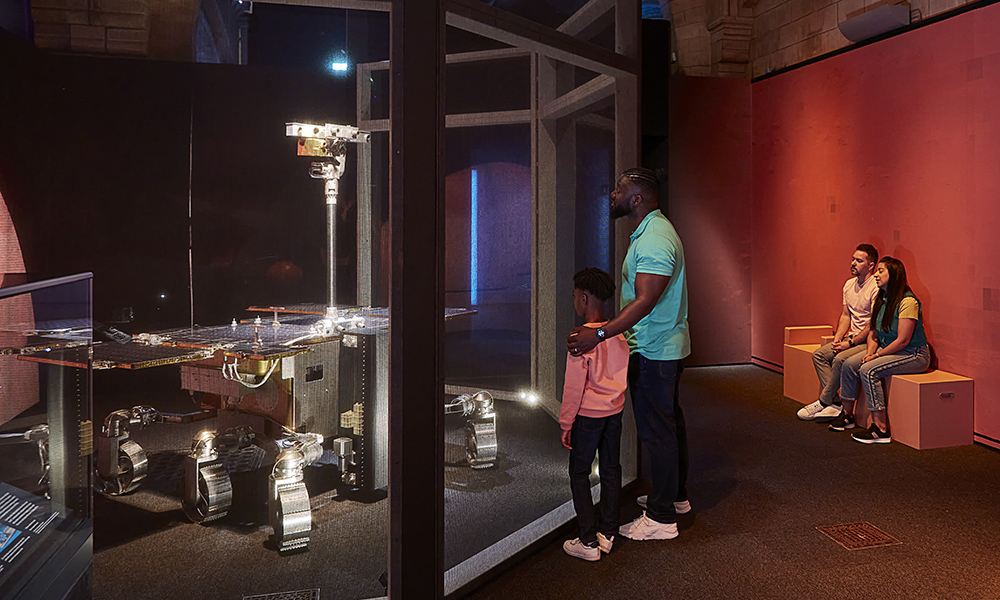
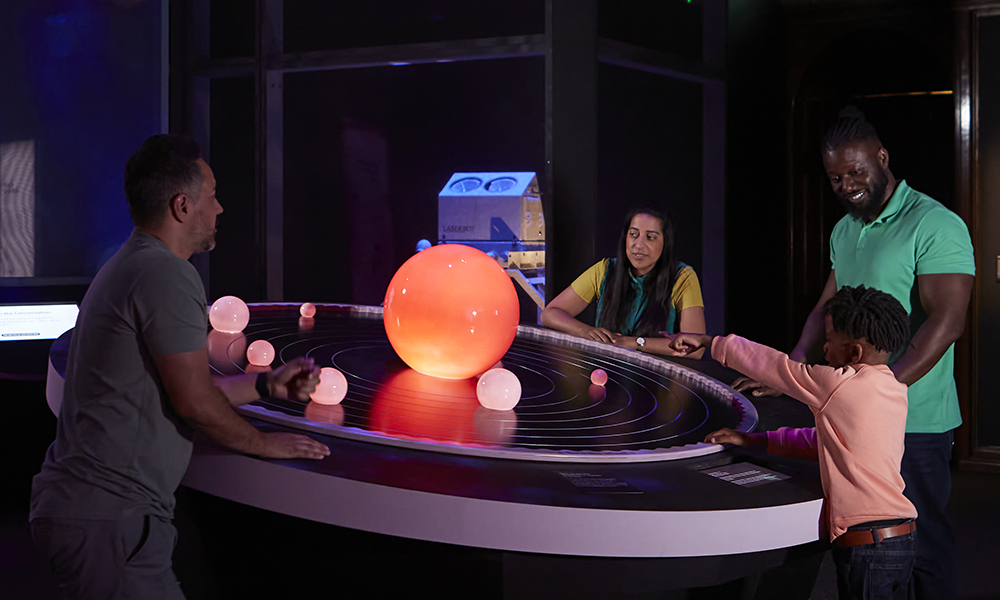

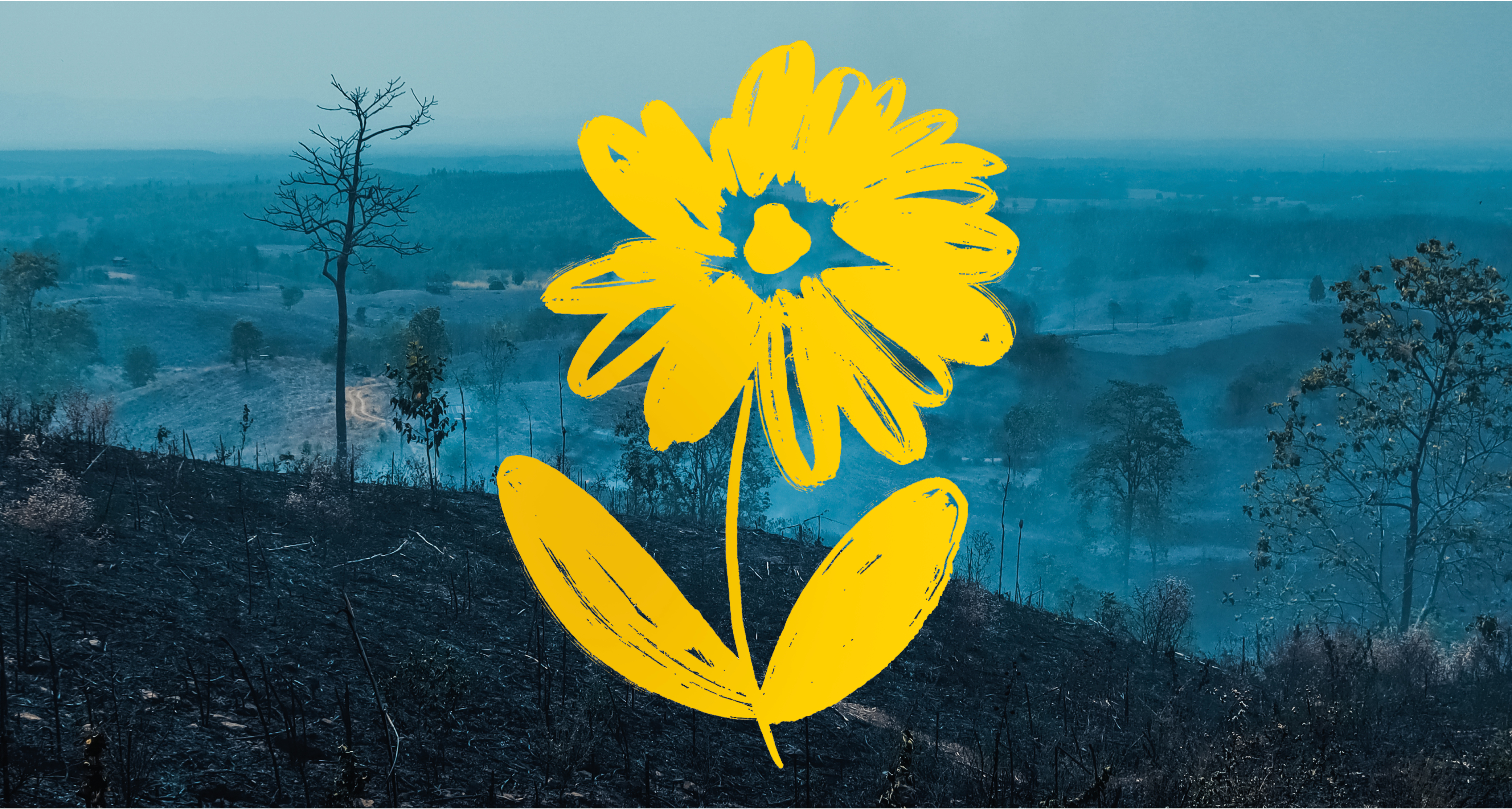
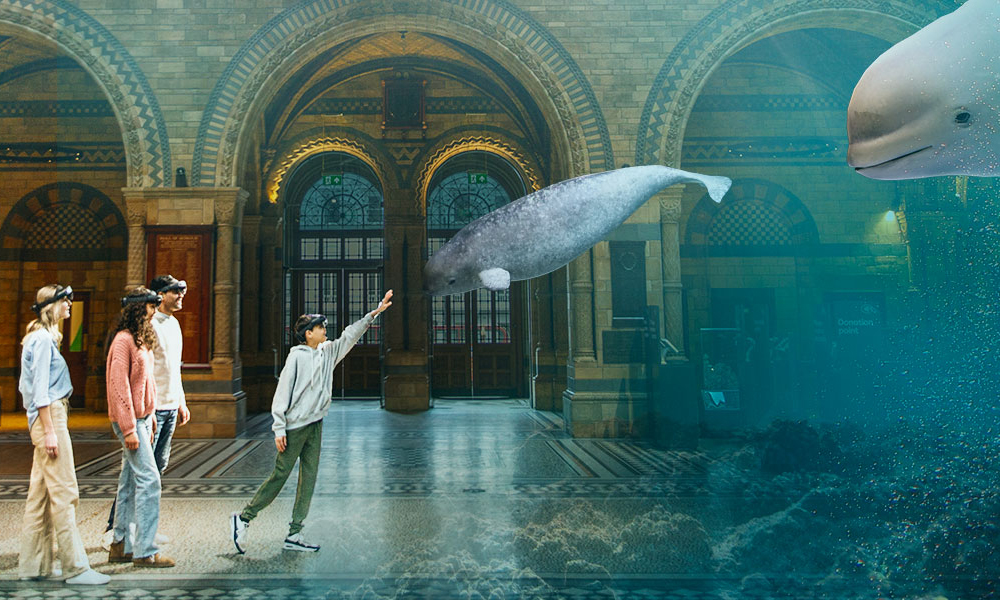
Don't miss a thing
Receive email updates about our news, science, exhibitions, events, products, services and fundraising activities. We may occasionally include third-party content from our corporate partners and other museums. We will not share your personal details with these third parties. You must be over the age of 13. Privacy notice.
Follow us on social media